- Home
- Andrew Vachss
Haiku Page 3
Haiku Read online
Page 3
But, looking only in my own mirror, I could not see the rot that lived within me. This rot was not natural decay, it was a malignant visitor. Worse, it was an invited guest.
A living thing must feed or die.
The demon knew that to reveal itself would mean its death, so it acquired the perfect disguise. Unlike a demon of destruction, such as the one that dwelt within Michael, mine thrived as its host prospered.
Too late, I learned to call my demon by its rightful name: humble arrogance.
16
As master not only of my dojo but of the style I had created, I regarded myself as deeply centered, fully anchored in my new home. But beneath my feet, the tectonic plates of American culture were shifting. My art, once known by very few, became the staple fare of movies and comic books.
Young men would come to my dojo demanding to learn “techniques” that had never existed. Each time I explained that I could not teach a man to fly, or to project his internal force so powerfully that he could injure another without contact, the applicant would nod sagely and depart.
After all, they would console themselves, a true ninja, descended from a long line of samurai, could not be expected to pass along the secrets of the dark arts to outsiders.
This brand of worshipful racism spread like flame in straw. The more I humbly disclaimed, the more was credited to me.
“Worshipful racism” has an oxymoronic ring only to those who have not subjected themselves to the harshest self-scrutiny. One need not look deeply to note that the same Americans who still worship Adolf Hitler are the strongest promoters of the myth that Jews are genetically superior in intelligence.
So it came to be for those of my race. In America, anything “Oriental” was automatically infused with an aura of “powers.” Herbalists once marginalized to ghetto existence became the object of chauffeur-driven pilgrimages. True celebrity status required a personal acupuncturist. “Spiritual guides” were a mushrooming fungus.
The “ancient ways” now symbolized some idol to be worshiped. “Asian” and “authentic” became synonyms, as if my race was incapable of producing charlatans.
Young people who could not spell “Confucius” quoted him copiously. They marked their bodies with ideograms they were told symbolized “Truth” or “Honor.” It mattered only that the tattoo artist be a “real” Asian. Even though they could not distinguish a Cambodian from a Korean, the worshipful racists knew that skin color does not lie.
Marijuana-induced mumbling became “Zen.”
“Karate” became a unity of mind, body, and soul.
Who could deny such fundamental truths, especially considering their “ancient” source?
17
As our race—the human race—evolved, the love of blood sport has remained constant. What has changed is that such entertainment is no longer restricted to the privileged. Nor is there a need to compel the combatants to participate; today, those who excel are handsomely rewarded.
Because it retains its fundamental root—entertainment—blood sport must be packaged to be successfully marketed. Death is no longer a required outcome. Indeed, great efforts must be expended to prevent death if financial success is to be achieved. So such contests now have rules, protective equipment … even rest periods.
During the years just before I left my former life, I was often asked to train those who intended to participate in such contests. And each time I attempted to explain that warfare with rules was an antithetical concept, I would be referred to some movie, as if such “proof” would banish all doubt.
Because these children believed in “ninja” as their ancestors had in Jesus, they became easy prey for those who were marginal in skill but masterful at self-promotion. Hucksters preached “Bushido” while selling black belts to six-month acolytes. Movie stars claimed to have fought in underground “death matches” on remote islands. “Grandmasters” told tales of secret missions for shadowy government agencies.
To the unknowing, their own lack of knowledge proves there are secrets. After many repetitions, the burden shifts on its axis. An inability to disprove even the most nonsensical claim proves its truth.
I held myself aloof from this. That I did not enter some charlatan’s dojo and request “instruction” was an affirmation of my own humility, proof to me that I had reached a level where such trivial matters played no role.
But I never banished that part of myself which noted with pride that my dojo had never been so invaded. Or the hidden pleasure I took from the knowledge that none would so dare.
18
Once, I had been respected for my ability and teaching skills. But, as time passed, I came to be revered for my “wisdom.” At first—I now acknowledge with a shame too deep to express—this seemed quite justified to me.
Such perception of wisdom ensured that I would fail its ultimate test. I had never acknowledged what I had not learned, nor had I ever pursued it.
When I crossed that invisible line I do not know. But, perhaps gradually, my advice and counsel came to be prized not because of what I knew, but because of who I was. Did I fail to notice? Or, more shamefully, did I take such as my due?
In the eyes of my students, I was a … celebrity of some sort. And I dwelt within a culture in which celebrities are expected to pontificate mindlessly on subjects far beyond their own understanding, with every inane babble breathlessly regurgitated by an adoring press. I thrived in a culture in which actual achievements, even actual knowledge, had no real significance. And, thus, no value.
In reality, it was the demon within me who was thriving, constantly replenished by the harvest of the arrogance I had sown.
The higher the mountain of “fame” I climbed, the greater the distance I put between myself and a state of worthiness.
19
In Japan, students had found their way to me because of my reputation. Many times, I had been forced to prove myself worthy of that reputation. Often, challengers were injured. Once, death resulted. As news of such “testing” magnified with each retelling, the motivation for others to train with me grew. I knew this, and regretted it. But since I myself had never issued a challenge, I believed I had retained my humility.
When I first began teaching, challenges could not be avoided. Typically, they were even announced in advance. I faced each without fear, knowing the outcome was meaningless in the eyes of those who watched solely to judge the character of the combatants.
But in America, I could not defend against what overtook me by stealth. Although my “wisdom” grew, no alarm sounded within me as students gradually concentrated less on my art than on questions such as have confounded the greatest sages for centuries.
My degeneration gathered momentum, to the point where my students would have been disappointed if they had actually understood my answers. They believed that such wisdom as I dispensed would take years of study to comprehend fully.
I had never been trained to deflect such a force. Slowly, my resistance gave way. Or, more likely, I yielded to the siren call of my own egotism.
My speech itself became so larded with epigrams that it left space for little else. “The wind finds its own way” was a particular favorite of my students. Where once I had conversed, I now proclaimed. The humble man who had refused all titles now watched detached as “teacher” or “sensei” turned into “master.”
The more I spoke, the less I taught.
The more time I spent dispensing my hollow wisdom, the less I had for teaching the only truth I knew.
20
Within my dojo, a laxness crept in. Training, once focused on focus, slid to a level of mere competence. Leaving much of the teaching to the most experienced students, I became a “holistic” practitioner of my art, melding the spiritual with the physical as seamlessly as had the rulers of my childhood.
My rhetoric did not change. I maintained that a true teacher is also a student. By teaching, he also learns. But by then, I was studying to become a master of tautology,
spewing meaningless truths as if they were keys to a higher plane of understanding.
For the first time, I began to tell stories of my childhood. Even today, I cringe with humiliation as I recall how some of those stories seemed to embellish themselves.
Self-awareness abandoned me, I would later say. But that statement was both self-pitying and untrue. Self-awareness did not depart of its own accord, any more than my stories embellished themselves. It was I who banished whatever challenged my new persona. I allowed adoring worshipers to gush about how merely being in my presence revealed the power of my ki. And each time I did so, I was strangling its very essence.
My mother’s legacy of humility and sacrifice slipped away, a beautiful, hand-wrought kite carelessly released, as by a spoiled child whose parents would always buy him another.
We do not value that which we do not earn. My mother’s kite of love still hovers, its string dangling. But it has flown so high that I must ascend the mountain of honor before I may reach for it once more.
21
In the world of martial arts, innovators are viewed as inherently suspect; only those who practice the “old ways” are regarded as truly authentic.
When I began teaching, the very concept of female students would have been unthinkable. In America, I maintained this barrier for many years. Such discrimination was looked upon as “traditional.” And, thus, elevated in status.
I did not advertise—as in Japan, American students would find their way to me through word of mouth. My investors were soon repaid. That they continued to own a share of my “business” was a blessing. They handled all mundane matters, such as leases, suppliers of services, and payment of taxes, leaving me free to teach. Never did they so much as suggest any alteration in my methods or my standards. This I first took to be earned respect; later, as my entitlement.
I changed nothing. I still refused to award “belts.” Students continued to advance solely through the hard-won respect of their peers.
Nor did I permit my students to participate in tournament fighting, because preparation for such contests requires an entirely different concentration from what my style demanded.
Only beginners were permitted to wear the gi. Once a certain degree of kinetic understanding was attained, all further training was in street clothing. Sparring was without regard to size or age. In life, one cannot select one’s opponents.
“War” is a word commonly used in America to describe a sporting event. But when attacks are announced in advance, when the combat occurs within an arena, this is not “war.” By the time I learned that war between nations was subject to rules—the Geneva Conventions come to mind—I had already seen such rules violated so casually that I had learned the truth of war. The victors make the rules, as they later write the histories.
Other styles concentrated on their rules. In my dojo, we trained to become the victors.
In tribute to the harsh brutality of my own childhood “training” in the temple, I would never accept children in my school. Though I never relaxed that rule, barring females from training was less suited to American culture. Eventually, female students became part of the life of my dojo.
Only in hindsight did I understand—and come to accept—that what I had viewed as incorporation of two cultures under the same umbrella was nothing more than the domination of my own ego. What joined the two cultures was not the study of martial arts; it was the study of my teachings.
“Water seeps through spread fingers,” I would tell my students, leaving them to interpret what I myself did not understand. When the fingers are opened intentionally, the seepage becomes an unimpeded flow. This is why I call my demon by its rightful name: an invited guest.
My “adaptation” coincided with the beginning of what I later recognized as my final descent from purity. For reasons I lacked the insight to understand, the female students were even more eager than the males to sit at my feet and bask in my ever-more-vacuous pronouncements. Such women would train with great dedication, and their expectations were far beyond the attainment of physical proficiency.
What they sought was the spirituality they believed I possessed. But any such spirituality had long since departed.
22
It was Chica who taught me the truth which illuminates the path I now follow. Though she is gone from this earth, her spirit remains, a candle-point in the night, guiding my way. I accept that I am not worthy of this flame of guidance. I know it to have been the final bequest of a child to the self-absorbed “father” who sent her on a mission for which she was not prepared.
Chica was my student, a slender, dark-haired young woman who appeared to be in her early twenties. I knew her only by the name she provided, a holdover from my first teaching principles. In post-war Japan, keeping records would not only have violated tradition, it would have endangered any who studied with me. At my dojo, students signed no contracts; no credit cards or other such methods of payment were accepted. My American investors would create whatever paper the authorities required. This was an arrangement they themselves had suggested, one that I eagerly embraced.
I asked nothing of my students but their commitment. They contributed what they could, it being tacitly understood that this would vary from individual to individual.
That was as it should always be, so that each might find his own path to the Way.
23
Chica was my student for almost five years. She would come nearly every afternoon, often practicing until late in the evening.
Never once did she question the training regimen. Never once did she protest, even when in pain. Her only response to criticism was to work harder. Adversity intensified her efforts. As I gradually descended from teacher to “master,” Chica was climbing the path to the ideals I had once embraced with all my spirit.
My art has many aspects, but it attains the apex of its effectiveness only when in synergy with the aggression of an opponent. Those of sufficient knowledge are able to cope with any attacker’s apparent advantage in size or strength. But only those at the highest level are able to use such apparent handicaps to enhance their own effectiveness.
In my system, we teach that speed is power. We stress the importance of what we call “being first,” but, always, the foundation of our art lies in its ability to convert the energy of an attacker’s force into a weapon.
Although we teach avoidance of confrontation, we understand this to be an option that will not always be available. Thus, what others call “self-defense,” we teach as attack.
What we do not teach is “analysis” of an opponent. A fully trained practitioner will not “think.” Reaction will flow as water against a slightly torn cloth, organically seeking the point of least resistance. Our most complex departure from the hidebound scripture of martial arts is our acceptance of this core truth: Some human beings are of evil mind and poisonous spirit. They cannot be understood, they cannot be changed. And, once they reveal themselves, they cannot be avoided.
When such a person enters—into a room or a life—attack is an inevitability. At the ultimate peak of our art, one learns to induce such an attack. When an aggressor moves in response to your inducement, he has lost the power of surprise. His assault cannot create that frisson of panic on which he has come to rely. Acting within the aggressor’s attack creates a narrow slit of momentary confusion. In that moment, the aggressor is completely vulnerable. His power has not been lessened, it has been redirected.
Desire to inflict pain becomes painful.
Desire to kill becomes death.
All speak so glibly of a “center.” We do not focus on finding one’s own center; we focus on turning an adversary away from his.
Some of the most revered sensei call this “balance disruption.” But, just as we do not “name” various techniques, we have no terminology for their total integration.
All styles are rooted in the same basic principle: all attacks reveal weakness, so it is always the aggressor who is at greatest
risk.
To attain true calmness within the aggressor’s attack is achieved by very few. Many may appear calm, but that is most often either self-confidence or stoicism. The true calmness of which I speak is the ability to recognize adversity as opportunity within a fraction of a second. Such calmness is a rare gift—it cannot be learned. But, as with all gifts, it must be nurtured and developed to reach full bloom.
Years of lessons and the most dutiful attention may result in an accomplished painter. But only forces we do not understand produce a Van Gogh.
All such gifts are delivered in two boxes, one inside the other. One is a grant; the other a demand. The larger box may be torn open, as if by an eager child handed a present. The smaller—and far more precious—box is locked. Its key is not provided; it can be located only through devotion, labor, and sacrifice.
To be gifted is inborn. It is not earned. Not all those who are gifted are worthy of their gift. That test lies not within the locked box, but in the search for its key.
24
At some point in our training, pain becomes a factor. This is the barrier at which many students balk, like a horse refusing to jump a fence. Watching Chica approach that stage, I saw that what was a new and even fright-inducing experience for so many students had been a part of her life before she had ever entered the dojo.
It was my gift to see this. As it was my self-absorption that blocked the correct response.
25
One night, Chica was the last to leave the dojo. I watched her sweep the floor. By then I was so entrenched in my own arrogance that it did not occur to me to assist, as would have been proper.

 Down Here b-15
Down Here b-15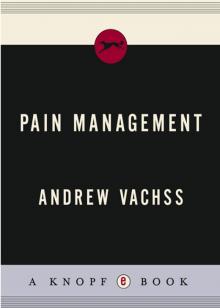 Pain Management
Pain Management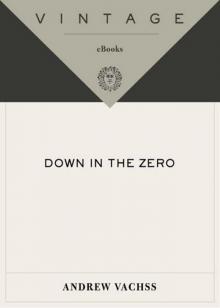 Down in the Zero
Down in the Zero Another Life
Another Life Only Child
Only Child Blackjack
Blackjack Blue Belle
Blue Belle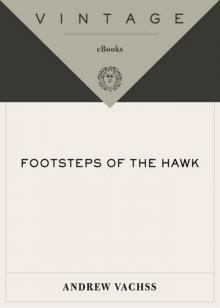 Footsteps of the Hawk
Footsteps of the Hawk Blossom
Blossom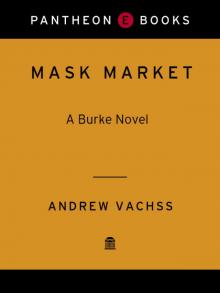 Mask Market
Mask Market Down in the Zero b-7
Down in the Zero b-7 Strega
Strega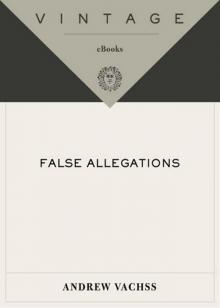 False Allegations
False Allegations Dead and Gone b-12
Dead and Gone b-12 Shella
Shella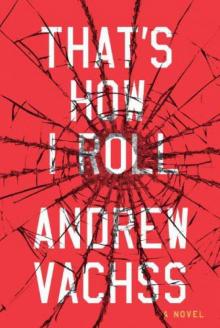 That's How I Roll
That's How I Roll Terminal
Terminal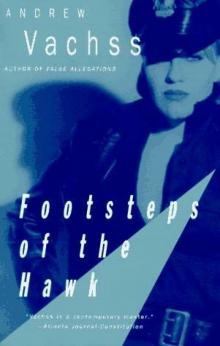 Footsteps of the Hawk b-8
Footsteps of the Hawk b-8 Mask Market b-16
Mask Market b-16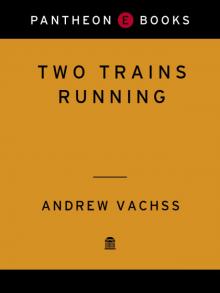 Two Trains Running
Two Trains Running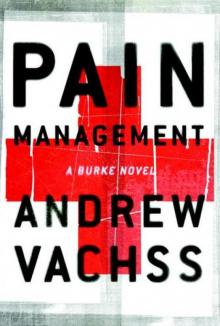 Pain Management b-13
Pain Management b-13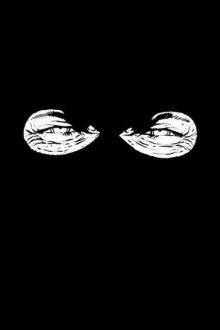 A Bomb Built in Hell
A Bomb Built in Hell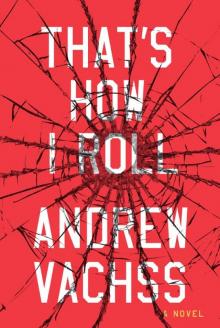 That's How I Roll: A Novel
That's How I Roll: A Novel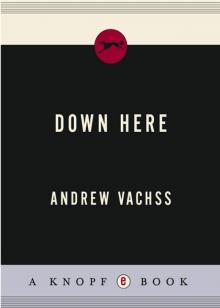 Down Here
Down Here Born Bad
Born Bad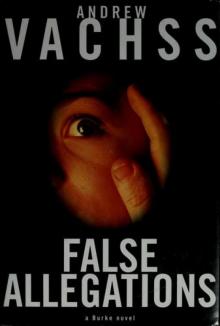 False Allegations b-9
False Allegations b-9 Drawing Dead
Drawing Dead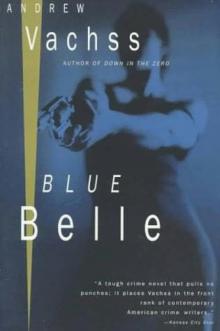 Blue Belle b-3
Blue Belle b-3 Dead and Gone
Dead and Gone Choice of Evil
Choice of Evil Safe House
Safe House Mortal Lock
Mortal Lock Everybody Pays
Everybody Pays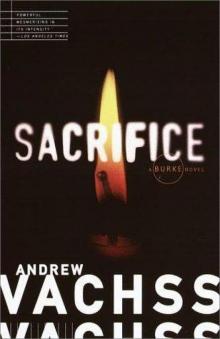 Sacrifice b-6
Sacrifice b-6 Signwave
Signwave The Weight
The Weight Choice of Evil b-11
Choice of Evil b-11 Flood
Flood Only Child b-14
Only Child b-14 Hard Candy
Hard Candy Aftershock
Aftershock Safe House b-10
Safe House b-10 Urban Renewal
Urban Renewal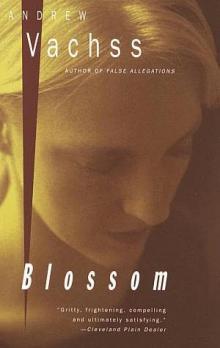 Blossom b-5
Blossom b-5 The Getaway Man
The Getaway Man Haiku
Haiku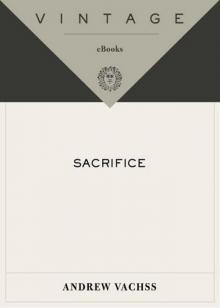 Sacrifice
Sacrifice